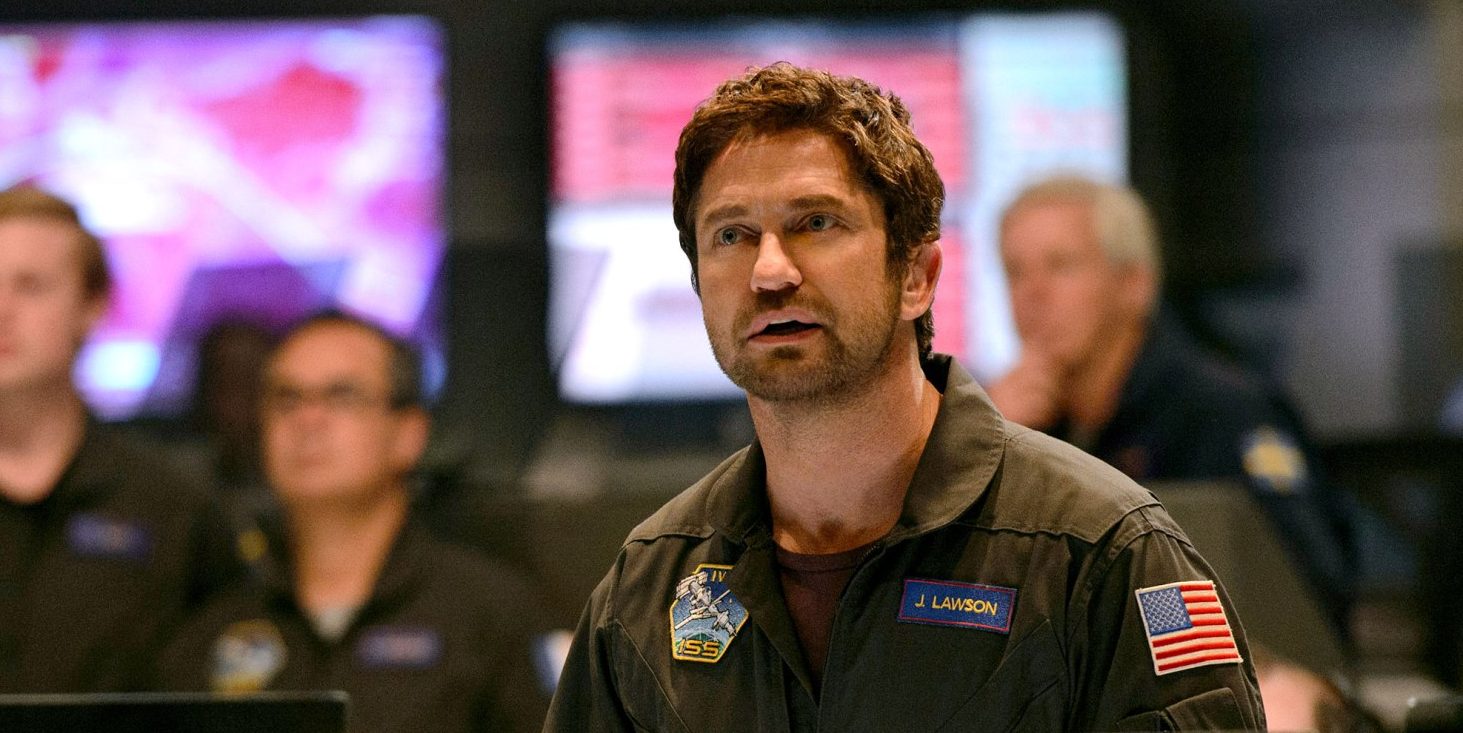Directed by Dean Devlin, the sci-fi thriller ‘Geostorm’ concludes on an optimistic and hopeful note, following a series of high-octane action sequences intertwined with deep emotions. In the film’s climactic moments, brothers Jake and Max Lawson join forces to prevent an impending catastrophe threatening the entire world. Their battle demands immense sacrifices and unwavering resilience, and in the end, their efforts prove to be worth it, ensuring the safety of humanity. While the movie provides a sense of closure in its finale, it also leaves the audience with lingering questions that spark curiosity even after the credits roll! SPOILERS AHEAD.
Geostorm Plot Synopsis
‘Geostorm’ unfolds in the near future as drastic climate change has pushed Earth to the brink of an apocalypse. In response, an international coalition of 17 countries, led by the United States and China, developed “Dutch Boy,” an advanced satellite system designed to control the weather and prevent natural calamities. The system, created by the scientist Jake Lawson, regulates heat, pressure, and water—the fundamental elements that control weather. It is named after the fable of a child who prevented a flood by plugging a dam with his finger.

However, despite his groundbreaking work, Jake is sidelined when the United States government takes credit for Dutch Boy. His younger brother, Max Lawson, replaces him as the program’s overseer. Soon after, an Indian engineer mysteriously dies aboard the International Climate Space Station (ICSS) after copying classified data. Meanwhile, a Dutch Boy malfunction results in a catastrophic deep freeze in Afghanistan, killing over 300 people. As more unnatural disasters occur—such as roads exploding in Hong Kong—it becomes evident that the system has been compromised.
Max’s colleague, a scientist named Cheng Long, warns him that Dutch Boy could trigger a Geostorm, a global chain reaction of deadly weather events. Before he can reveal more, Cheng is murdered, but not before uttering his final word: “Zeus.” Investigating further, Max and his secret service agent girlfriend, Sarah Wilson, learn about a virus embedded within Dutch Boy. This virus, tied to a classified operation called Project Zeus, has been sabotaging the system from within. Initially, the suspicion falls on US President Andrew Palma, but it is ultimately revealed that the high-ranking official Leonard Dekkom is the true mastermind.
Geostorm Ending Explained: What is Project Zeus? Why Does Dekkom Use It?
In ‘Geostorm,’ Project Zeus is a pivotal element that drives the film’s narrative forward by revealing the darker side of climate control technology. Initially introduced as a sophisticated system designed to regulate the Earth’s climate and prevent natural disasters, Project Zeus turns sinister as it becomes a tool for weaponizing weather. This transformation is intricately linked to Leonard Dekkom, the US Secretary of State, whose ambitions propel much of the chaos in the film’s climax.
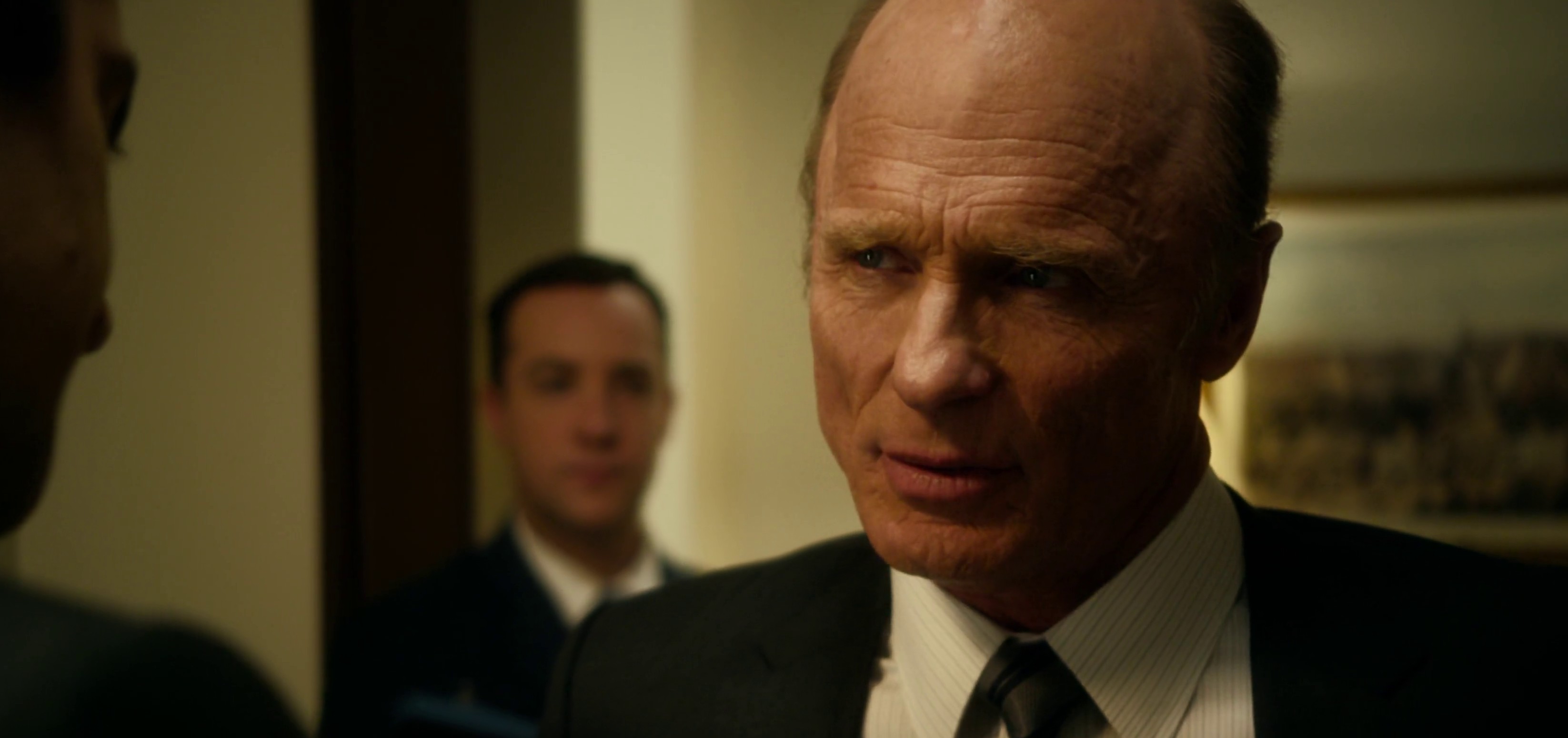
Project Zeus operates within the framework of Dutch Boy with the intention of protecting humanity from catastrophic weather events. However, Dekkom repurposes this technology for destructive ends, manipulating it to create extreme weather phenomena that can destroy entire cities worldwide. By altering climate patterns, Project Zeus becomes a means to eliminate enemies and consolidate power, illustrating how technology can be exploited for nefarious purposes. Dekkom’s motivations are revealed as chillingly ambitious. He envisions using Project Zeus not only to target nations or individuals opposing US interests but also to wipe out the presidential line of succession, positioning himself as the sole authority in a restructured world order.
Dekkom’s reference to rebuilding things “like they were in 1945” evokes the post-World War II era when the US emerged as a dominant superpower, suggesting that he seeks to recreate a geopolitical landscape where America holds absolute power. As the plot unfolds, his betrayal becomes apparent when Max Lawson uncovers his role in sabotaging Dutch Boy and orchestrating an assassination attempt to kill President Palma. Employing rogue agents and compromised personnel, Dekkom ensures that his plan remains concealed while pushing forward with his agenda. His actions threaten global stability and endanger millions of lives, showcasing the catastrophic potential of weaponized climate control.
The film’s climax features an intense confrontation between Max and Dekkom. As the former teams up with Sarah Wilson and President Palma, they work tirelessly to thwart Dekkom’s scheme. The stakes rise when Palma is kidnapped to protect him from the Secretary of State’s mercenaries, leading to a tense showdown where Dekkom reveals his intentions. He admits that his plan involves using Project Zeus as a geopolitical weapon—a strategy aimed at reshaping global power dynamics under his control. His vision for Project Zeus encapsulates the dangers of unchecked technological power when wielded for political gain.
What Virus Initiates the Geostorm?
The catastrophic weather events in ‘Geostorm’ are triggered by a malicious virus introduced into the Dutch Boy satellite system. This virus was secretly implanted by Duncan Taylor, a systems specialist aboard the International Climate Space Station (ICSS) who was acting under the orders of Leonard Dekkom. The Secretary of State orchestrates this sabotage as part of his broader plan to weaponize climate control through Project Zeus. The virus is designed to disrupt the functionality of Dutch Boy, which was initially created to regulate the Earth’s climate and prevent natural disasters. By disabling login access for key personnel and corrupting the satellites’ operational data, the virus causes a series of malfunctions that lead to extreme weather events across the globe.

This sets off a chain reaction of catastrophic weather phenomena, culminating in the imminent threat of a Geostorm—a devastating series of climate disasters capable of annihilating a major part of the planet. As the situation escalates, Jake Lawson and his team aboard the ICSS work tirelessly to uncover the source of the disruptions. He discovers that Dekkom had manipulated Duncan to carry out this sabotage. In a race against time, Jake tries to reboot Dutch Boy’s systems and neutralize the virus before it can trigger its full destructive potential. With the help of Max and President Palma, he manages to eliminate the virus just moments before it can unleash chaos on a global scale. His efforts ultimately save millions of lives and restore control over Dutch Boy.
Who Kills Makmoud Habib and Cheng Long? Why? Are Their Deaths Connected?
Makmoud Habib and Cheng Long are killed as part of the conspiracy orchestrated by Leonard Dekkom to weaponize Dutch Boy and eliminate anyone who can expose his plans. Their deaths are connected because they are ordered by the Secretary of State to silence key individuals who uncover the sabotage within the satellite system. Habib, an engineer aboard the International Climate Space Station (ICSS), is killed after copying critical data from the satellite monitoring Afghanistan onto a hard drive. He hides this hard drive in his locker, suspecting foul play, but is soon ejected into space in what initially appears to be an accident.
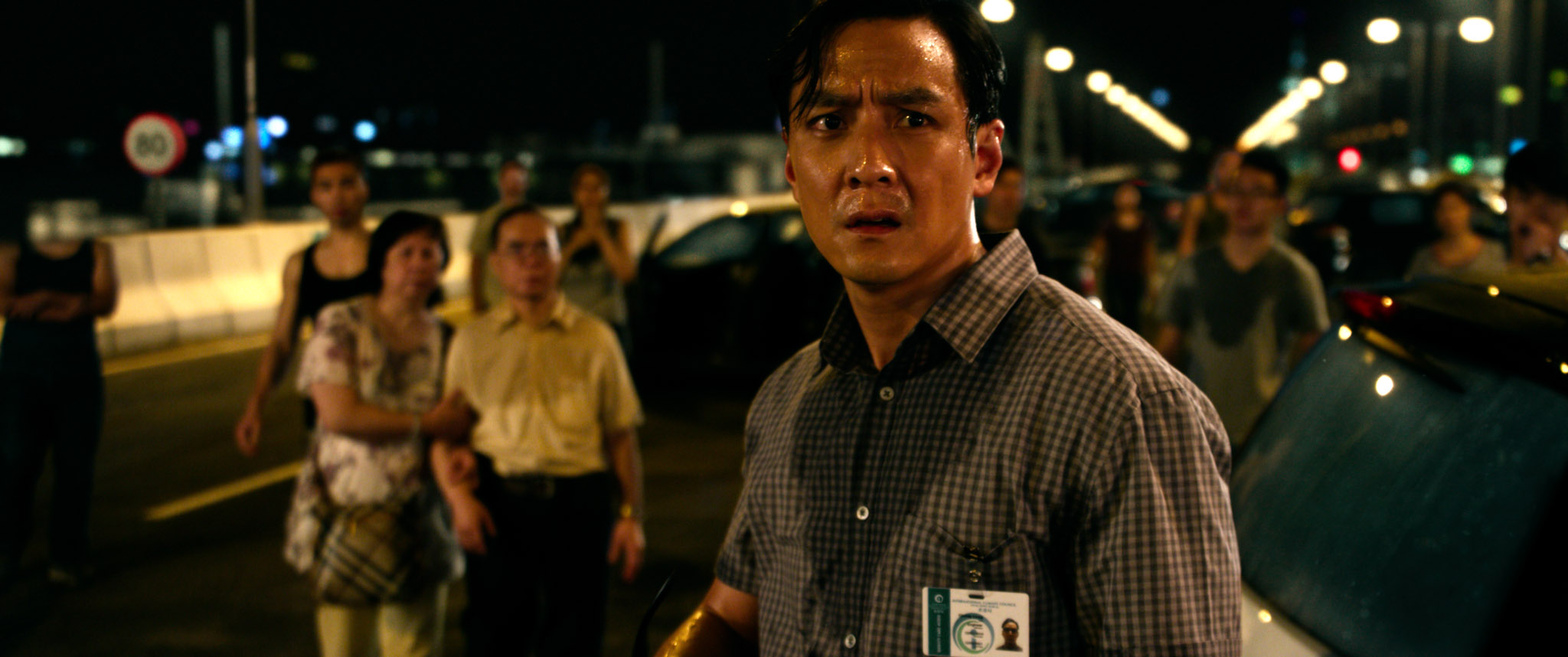
This act is later revealed to have been orchestrated by Duncan Taylor, a systems specialist aboard the ICSS working under Dekkom’s orders. Habib’s death ensures that the evidence he uncovered remains hidden, preventing others from discovering the virus introduced into Dutch Boy. Cheng Long, head of Dutch Boy’s Hong Kong department, meets a similarly tragic fate. After realizing he has lost access to satellite data and uncovering signs of sabotage, he attempts to warn Max Lawson about the impending global catastrophe.
However, Cheng is pursued by mercenaries led by Rico, who work for Dekkom. During a confrontation in Washington, DC, Cheng is deliberately pushed into traffic and killed in a staged accident. Before dying, he manages to utter “Zeus,” hinting at Project Zeus—the program designed to simulate extreme weather patterns for destructive purposes.
Both deaths are part of Dekkom’s broader scheme to weaponize Dutch Boy and use it to eliminate the United States’ enemies while consolidating global power. Duncan Taylor plays a direct role in Habib’s murder and indirectly contributes to Cheng’s demise through his involvement in sabotaging the Dutch Boy system. These killings highlight the lengths Dekkom and his team go to in silencing whistleblowers and protecting their sinister agenda.
How Do Max and Jake Stop the Geostorm?
Max and Jake Lawson successfully prevent the Geostorm by combining efforts on Earth and in space, overcoming significant obstacles, and relying on teamwork to avert an apocalypse. While the scientist works aboard the International Climate Space Station (ICSS) to reboot the Dutch Boy satellite system, Max coordinates critical actions on Earth, including securing the kill code needed to neutralize the virus causing the malfunction.
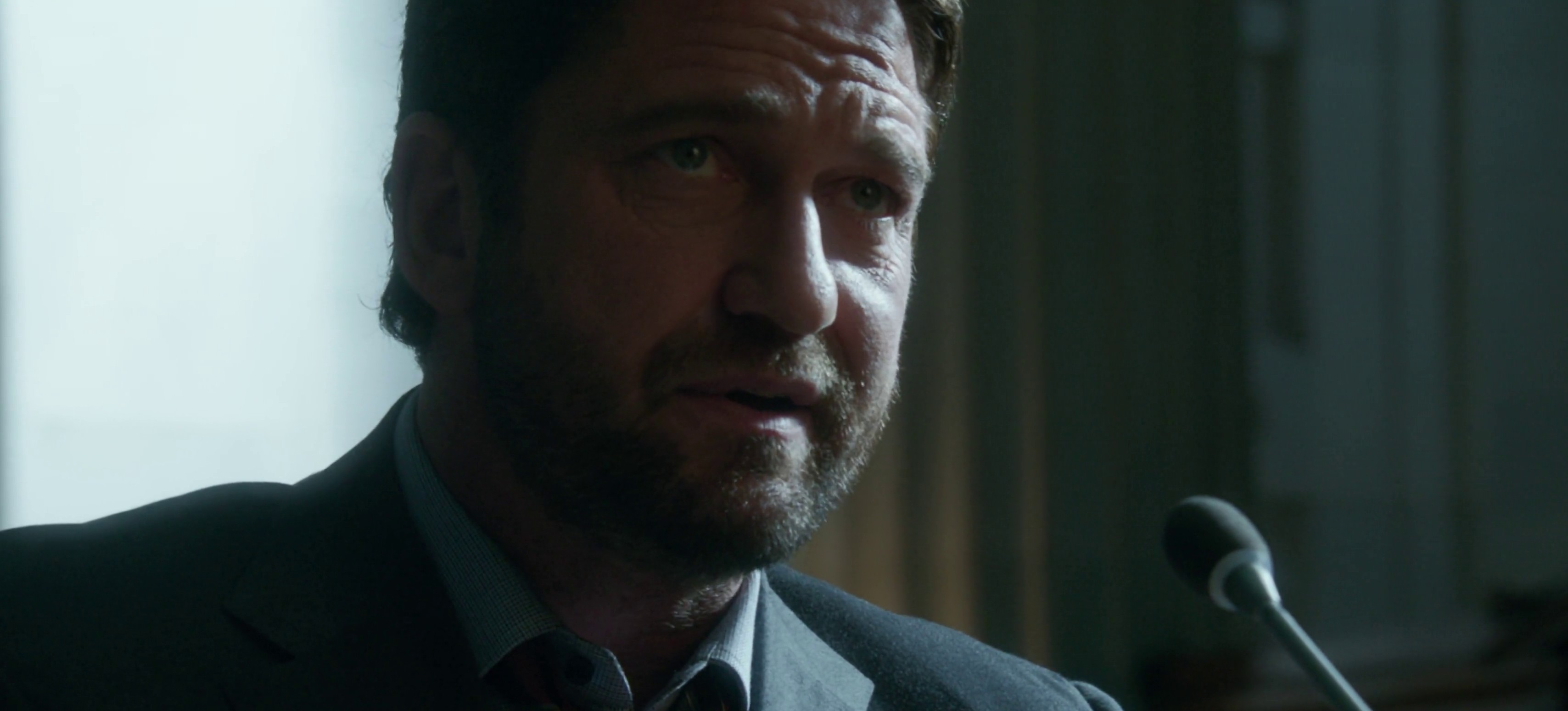
On Earth, Max and Sarah Wilson kidnap President Andrew Palma to protect him from Dekkom and ensure access to the kill code. They uncover Dekkom’s plan to weaponize Dutch Boy through Project Zeus. After confronting Dekkom and outsmarting his mercenaries, they transmit the kill code to Jake aboard the ICSS, enabling him to reboot Dutch Boy’s systems.
Meanwhile, Jake faces immense challenges in space. He discovers Duncan Taylor is the traitor responsible for introducing the virus into Dutch Boy and orchestrating sabotage under Dekkom’s orders. During a tense confrontation, Duncan is killed when he accidentally ejects himself into space, allowing Jake to focus on stopping the Geostorm. With time running out, Jake and Ute Fassbinder stay behind on the ICSS as it begins its self-destruct sequence. They successfully reboot Dutch Boy, eliminating the virus and transferring control of the satellites back to NASA.
As the ICSS self-destructs, Jake and Ute escape in a replacement satellite but are stranded in space. Their distress signal is answered by Al Hernandez, a fellow ICSS crew member piloting a nearby shuttle. Hernandez rescues them just before their satellite runs out of power, ensuring their survival. In the aftermath, Dutch Boy is handed over to an international committee for management, symbolizing hope for global cooperation in addressing climate challenges responsibly.
What is Next for Jake? Will Dutch Boy Remain Safe?
After stopping the Geostorm, Jake Lawson finds himself at a crossroads between his personal life and his professional responsibilities. Six months after saving the planet, he spends time fishing with his daughter Hannah and brother Max, visibly enjoying the peaceful moments with his family. However, he hints that his work is far from over, stating that he will soon leave Earth. This suggests that Jake remains committed to ensuring Dutch Boy operates flawlessly in its new phase under international oversight.
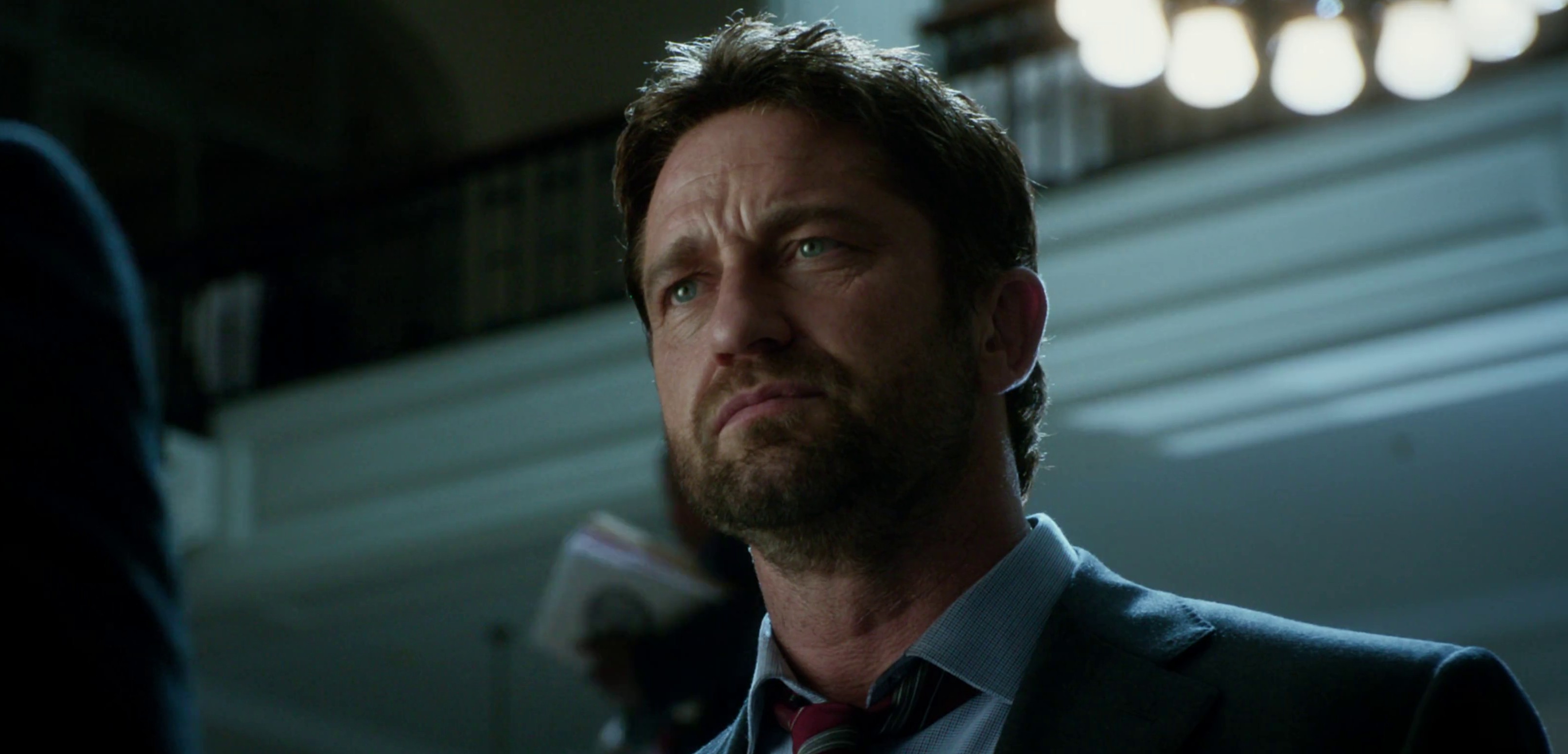
Dutch Boy, now transferred to an international committee for management, represents a significant shift toward global cooperation in combating climate-related disasters. Hannah’s hopeful monologue underscores this transformation, explaining that the system is safer and better controlled than before. The international coalition overseeing Dutch Boy likely includes engineers, scientists, and policymakers from various countries working together to prevent future misuse of the technology. This collaborative approach reflects the lessons learned from the sabotage orchestrated by Leonard Dekkom and emphasizes the importance of unity in addressing global challenges.
Jake’s future likely involves overseeing Dutch Boy from space or working closely with the international team managing the satellite system. As its original architect, his expertise is invaluable for refining the system’s operations, implementing stronger security measures, and ensuring it remains impervious to threats like viruses or political exploitation. His stubborn yet reliable nature makes him uniquely suited to lead efforts in safeguarding the Dutch Boy’s integrity while mentoring the next generation of engineers.
Beyond technical improvements, Jake may also advocate for broader initiatives to address climate change. Dutch Boy’s success can inspire advancements in geoengineering technologies or foster international collaboration on sustainable environmental solutions. Jake’s continued involvement suggests he views Dutch Boy not only as a technological achievement but also as a legacy that must be preserved for humanity’s benefit. For him, personally, balancing his duty to Dutch Boy with his family life presents an ongoing challenge. Despite his demanding career, his promise to return to Hannah highlights his desire to maintain strong ties with his daughter and Max.
This dynamic can evolve into a deeper exploration of Jake’s character—his growth as a father and brother while navigating the complexities of global responsibility. As far as Dutch Boy is concerned, its future depends on how effectively it adapts to its new governance model. The system must overcome past vulnerabilities, such as susceptibility to cyberattacks and political manipulation. With robust international oversight and Jake’s guidance, Dutch Boy has the potential to become a beacon of hope—a symbol of humanity’s ability to unite against existential threats. Dutch Boy can redefine how nations approach climate challenges by preventing natural disasters and fostering international collaboration.
Read More: Holland Ending Explained: Does Dave Die?

